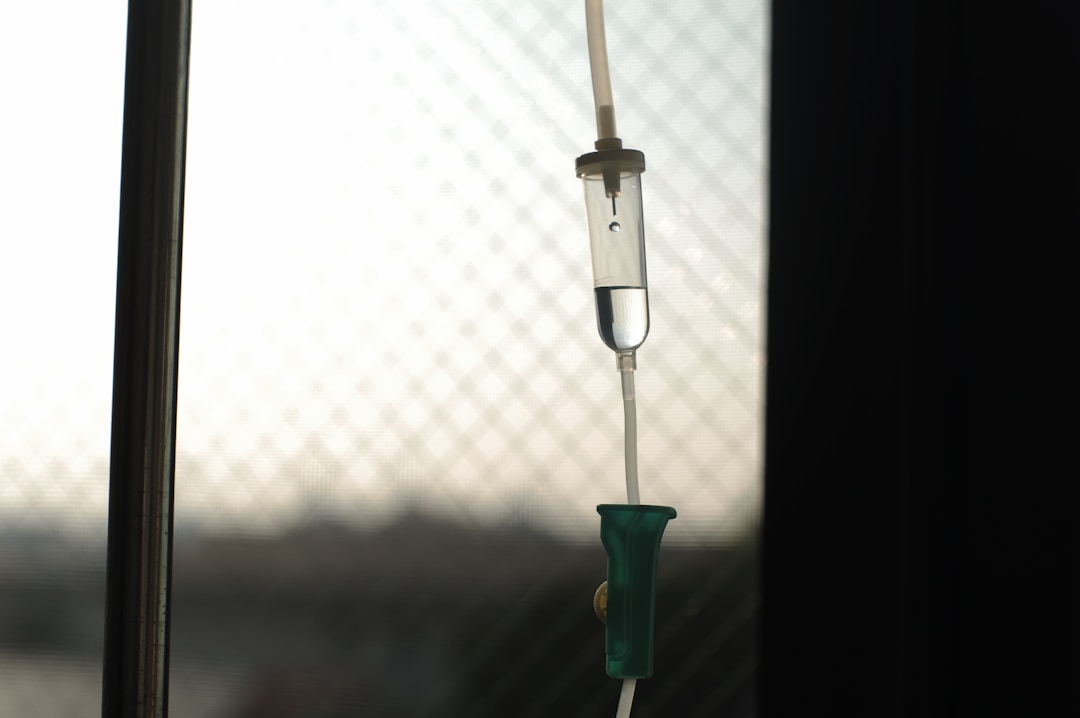In two recently published articles, Dr. J. David Krause describes a novel method of controlling Legionella pneumophila in one of the most high-risk sources, building hot water systems. Current approaches used to control pathogens in building water often involve injecting toxic and corrosive chemicals, albeit at low levels, to inactivate pathogens in drinking water. This new approach works instead by removing a critical and necessary substance these pathogens need…Oxygen.

Deaths and hospitalizations from Legionnaires’ disease (LD) in the United States have increased significantly between 2015 and 2020, according to a report recently published by the Centers for Disease Control and Prevention (CDC). The number of outbreaks in healthcare and long term care facilities were rising before the COVID-19 pandemic and records during the pandemic are most likely inaccurate. Health risks from waterborne pathogens in drinking water systems throughout the US have drastically shifted from enteric pathogens (Campylobacter, Cryptosporidium, Giardia, norovirus, and Shigella) to biofilm associated pathogens such as Legionella, Pseudomonas, and Non-Tuberculosis Mycobacteria (NTM). Efforts to control and manage these deadly pathogens in drinking water, premise plumbing, and other building water systems have so far been ineffective based upon the continuing rise of reported cases.

It’s not always recognized, but water isn’t just a liquid. It normally contains a number of dissolved gases that we sometimes see as bubbles or effervescence that rises to the top of a glass filled from a faucet. All aerobic microbes, as well as fish, need oxygen to fuel cellular respiration, metabolism, and to live. When oxygen that is dissolved in water (DO) is absent, or so low that it cannot sustain microbial life, then aerobic pathogens cannot replicate, consume nutrients, or remain infectious. Normally, water in municipal drinking water systems contains between 4 and 15 mg/L (ppm) of DO, plenty to sustain Legionella and other obligatory aerobic pathogens. When DO in water is reduced to less than 0.3 mg/L (ppm) using a gas transfer membrane contactor Legionella and other pathogens that thrive in similar environments cannot survive and amplify. Preventing amplification is key to preventing diseases associated with building water systems. Achieving this level of DO removal in a safe and efficient manner was accomplished by using a 3M Liqui-CelTM Membrane Contactor.
Hot Water Model System with 3M Liqui-CelTM

Removing dissolved oxygen from drinking water poses no health risks to humans and actually lowers the risk of plumbing system and equipment corrosion that chlorine normally accelerates. In a study published in the Journal of Occupational and Environmental Health (JOEH) Dr. Krause describes how Legionella and NTMs were significantly inhibited. The experiment used a model hot water system operated under controlled conditions in a laboratory that was inoculated with Legionella pneumophila. After letting L. pneumophila and NTMs had colonized and were allowed to grow unimpeded under ideal conditions the DO levels were incrementally lowered until data showed the pathogen levels in the system were 10X lower than what was being introduced to the system in feed water. An earlier article published in the Journal Water (2022) reviewed the scientific literature and history of Legionella research that suggested lowering dissolved oxygen as a possible control method.

Dr. Krause and his team are continuing to develop the equipment and operations needed to deploy this low-cost, non-toxic, and highly effective Legionella control method in building water systems. A follow on study to operate a pilot system in a large building with a history of Legionella contamination has been performed, but not yet published. Because reducing dissolved oxygen does not involve adding any chemicals to drinking water this low-impact treatment method does not trigger regulatory compliance requirements under the Federal Safe Drinking Water Act (SDWA). The uncertainty, complexity, and costs necessary to comply with the SDWA are recognized as barriers to implementing effective prevention and control measures before an outbreak of disease occurs.
To learn more about the details of this research and its applications in building water management you can access the original articles (at no cost) using the links provided below and you can contact the author directly at
Krause, J.D: Legionella and the Role of Dissolved Oxygen in Its Growth and Inhibition: A Review. Water 2022, 14, 2644.
J. David Krause (06 Mar 2024): Controlling Legionella pneumophila growth in hot water systems by reducing dissolved oxygen levels, Journal of Occupational and Environmental Hygiene.
J. David Krause, PhD, MSPH, CIH
President
Senior Toxicologist
Healthcare Consulting & Contracting


